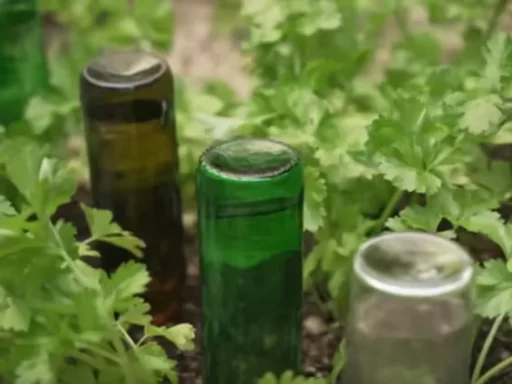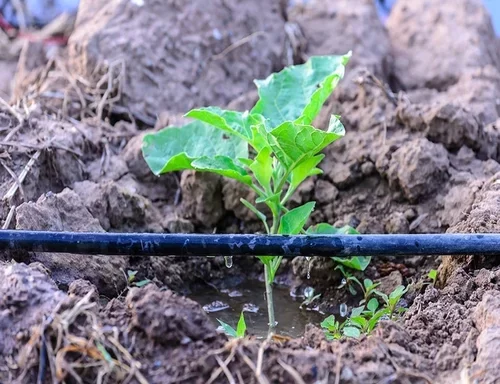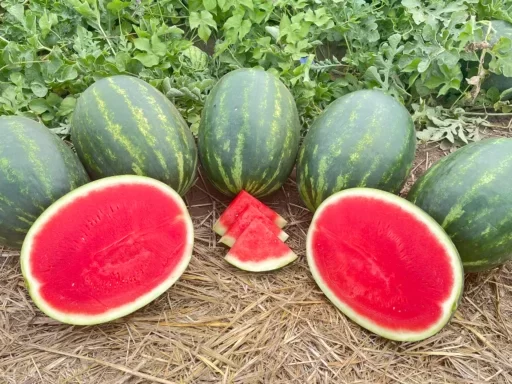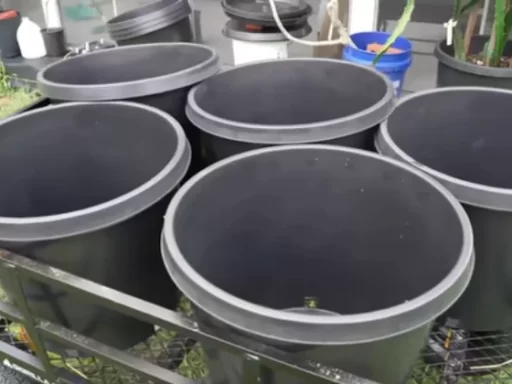Cardboard is more than just packaging for your latest online purchase. With its various components like ink, glue, tape, and chemicals used in manufacturing, many people wonder if cardboard has a place in the garden. In fact, cardboard can be a versatile and eco-friendly tool for gardeners. Let’s explore its benefits, potential concerns, and how to properly use it for the health of your garden.
What Makes Cardboard Safe for Gardens?
Cardboard contains two main types of glue: one used in the production of the cardboard itself and the other for assembling boxes. The glue used to make cardboard is typically derived from plant starches like potato, rice, and tapioca. This makes it safe for use in gardening, as these plant-based adhesives break down naturally in the soil.
However, the glue used to assemble boxes can sometimes contain non-plant-based ingredients, although it’s used in such small amounts that it is unlikely to harm your plants. If you are concerned about using this type of glue in your garden, simply remove any parts of the box where the glue is visible. Most modern cardboard tape is biodegradable, but it’s still a good idea to remove it along with any plastic-based tapes and staples before incorporating the cardboard into your garden.
Removing Labels and Tape
Many online retailers now use biodegradable tape, but these tapes often contain synthetic fibers that don’t break down as easily. It’s a good practice to remove these strings along with any other non-biodegradable materials like plastic tape or staples. Some labels may also be treated with a plastic coating to make them more durable, especially when exposed to moisture. These coated labels should also be removed before using the cardboard in your garden.
For particularly stubborn labels, soaking the cardboard in water can make it easier to peel them off. This ensures that your cardboard is as free of contaminants as possible before adding it to your soil.
Are Inks on Cardboard Safe?
Most inks used on cardboard, especially those found on packaging, are soy-based. This means they are safe for use in the garden. However, glossy cardboard materials, such as cereal boxes or magazines, may contain heavy metals and other harmful substances that can pose a risk to your soil and plants. These glossy items also take much longer to decompose, making them unsuitable for composting or mulching. Stick to plain, brown cardboard, which is generally untreated and safe for garden use.
Uses of Cardboard in the Garden
Composting
One of the simplest ways to recycle cardboard in your garden is by using it as a compost ingredient. Cardboard is an excellent source of carbon, which balances nitrogen-rich materials like grass clippings, food scraps, and other green waste. A healthy compost pile should have a carbon-to-nitrogen ratio of about 30:1, and cardboard helps achieve that balance.
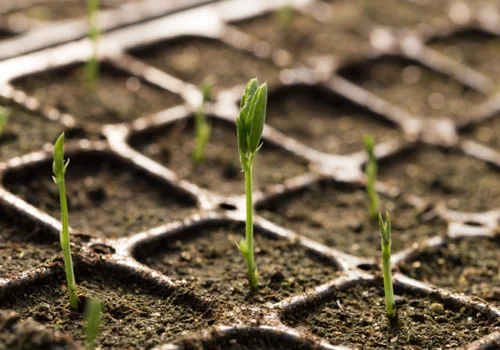
To speed up the decomposition process, tear the cardboard into smaller pieces before adding it to your compost pile. Layer it with nitrogen-rich materials and occasionally turn the pile to introduce air, which aids decomposition. Cardboard can be a particularly valuable resource in the colder months when other sources of carbon-rich material, such as fallen leaves, may not be available.
Sheet Mulching and Weed Suppression
Cardboard is also highly effective when used for sheet mulching or weed suppression. By laying cardboard over an area of weeds or grass, you can smother and kill them without resorting to harmful chemicals or back-breaking digging. Simply lay the cardboard over the area, wet it thoroughly, and cover it with mulch or compost. Over time, the cardboard will break down, leaving behind nutrient-rich soil ready for planting.
In wetter climates, the cardboard will decompose within about six months, but in drier areas, it may take longer. The key is to keep the cardboard moist, especially when used as a weed barrier. Thoroughly water the cardboard before adding mulch to ensure it breaks down more quickly and effectively.
Creating New Garden Beds
One of the best uses of cardboard is in creating new garden beds or raised beds. By laying cardboard at the bottom of your raised beds or directly on the ground, you can prevent weeds from growing while providing a breathable layer that promotes root growth. As the cardboard breaks down, plant roots will naturally penetrate through it, reaching the soil below. This process enriches the soil without the need for extensive digging.
Growing Potatoes
Cardboard can even be used for growing potatoes. By placing potato seeds on top of the cardboard and covering them with mulch, you create a low-maintenance growing area. The cardboard suppresses weeds and provides a clean, easy-to-harvest environment for your potatoes as they mature.
Concerns About Using Cardboard in the Garden
Air Flow and Soil Health
Some people worry that laying cardboard on the soil might prevent air from reaching plant roots and soil organisms. While it’s true that cardboard can limit airflow to some extent, the effect is minimal, especially in well-aerated soils. If you are using cardboard on heavy, clay-rich soils, consider adding a thicker layer of mulch or turning the soil regularly to improve air circulation.
Termites and Pests
Cardboard can attract termites, as it provides an ideal environment with moisture and cellulose, the primary component of wood and paper products. However, unless you already have a termite problem in your garden, the likelihood of cardboard attracting new infestations is minimal. Regular garden maintenance and monitoring will help prevent pest problems.
Chemical Treatments
While most brown cardboard is untreated, some boxes may be treated with chemicals to repel water or act as fire retardants. This is rare but worth considering. If you know that your cardboard has been treated with chemicals, it’s best to recycle it rather than use it in your garden.
Frequently Asked Questions
- Is it safe to use all types of cardboard in the garden?
- Plain brown cardboard is generally safe, but avoid glossy or chemically treated materials.
- How long does it take for cardboard to break down in the garden?
- In wet climates, cardboard can break down in as little as six months, but in drier areas, it may take longer.
- Can cardboard attract pests like termites?
- While cardboard can attract termites, it’s unlikely to cause a problem unless termites are already present in your garden.
- Do I need to remove labels and tape before using cardboard in the garden?
- Yes, removing labels, tape, and staples ensures that only biodegradable materials are added to your soil.
- Can I use cardboard for growing vegetables?
- Yes, cardboard is an excellent weed suppressant and can be used as a base for new garden beds or for growing crops like potatoes.
- Is the ink on cardboard safe for gardening?
- Most inks on cardboard are soy-based and safe for use in the garden. Avoid glossy cardboard, which may contain harmful substances.
- What is the best way to prepare cardboard for composting?
- Tear the cardboard into small pieces to speed up decomposition and mix it with nitrogen-rich materials in your compost pile.

